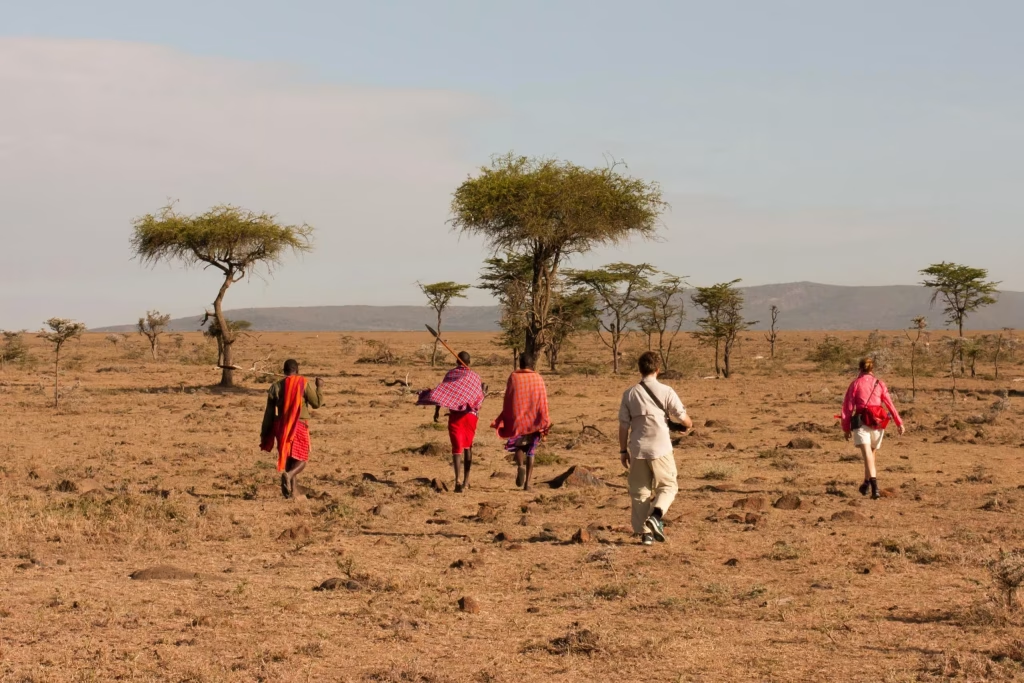Blog
Tanzania is a dream destination for adventure seekers and beach lovers alike. Imagine witnessing the Great Migration in the Serengeti, […]
Experience the thrill of a lifetime on a Big Five Safari in Tanzania — where adventure meets breathtaking wildlife encounters. Discover the […]
Dreaming of Africa’s untamed wilderness, majestic wildlife, and white sandy beaches? Welcome to Tanzania, the land of epic adventures. From witnessing […]







